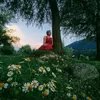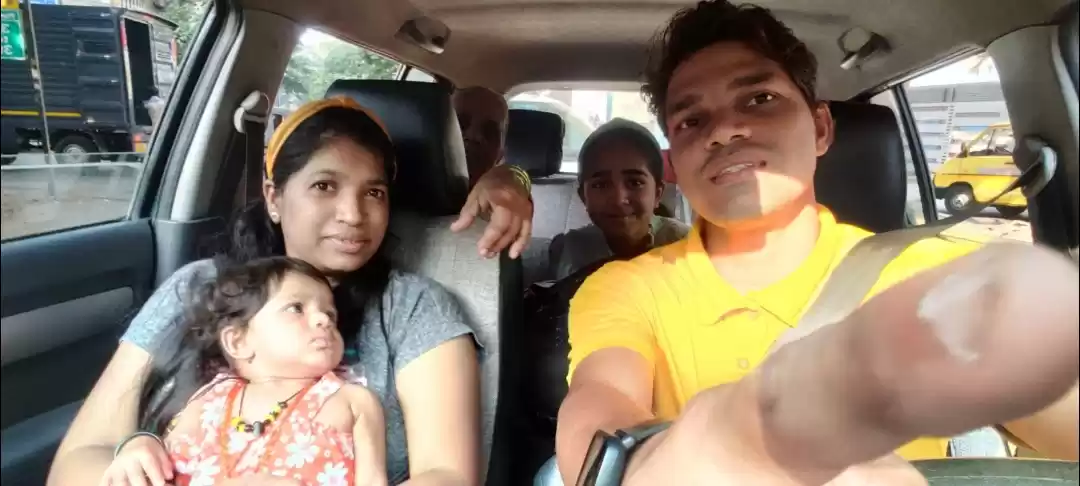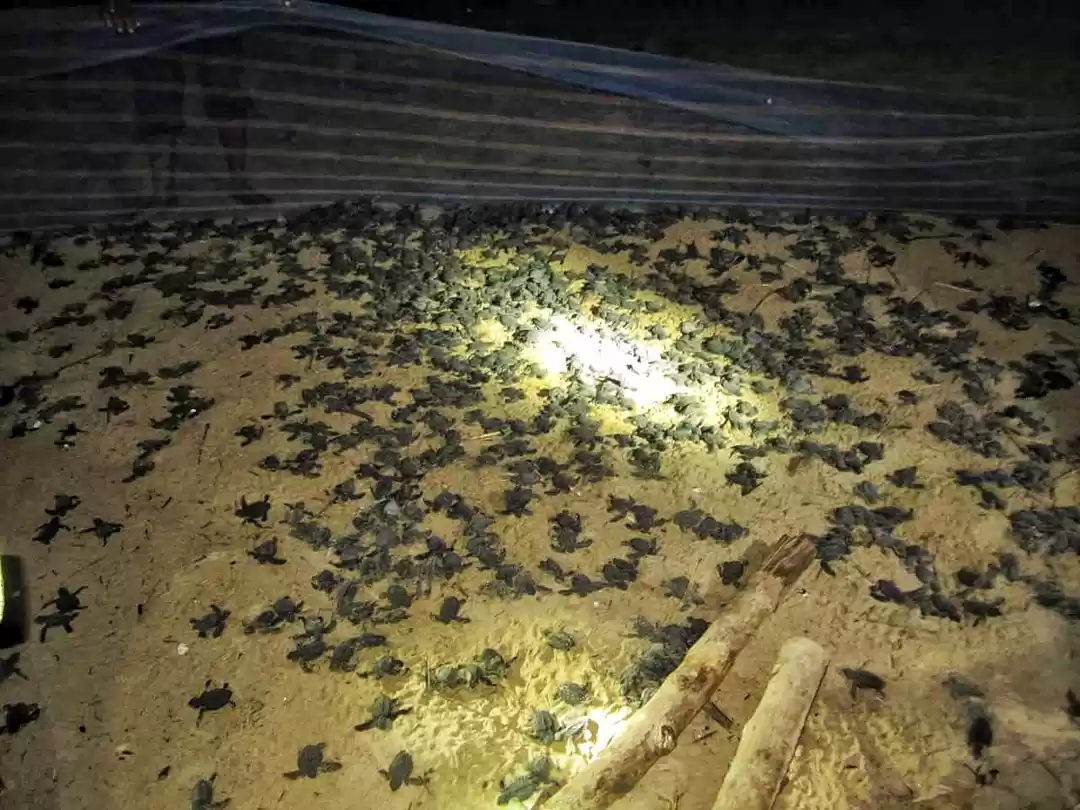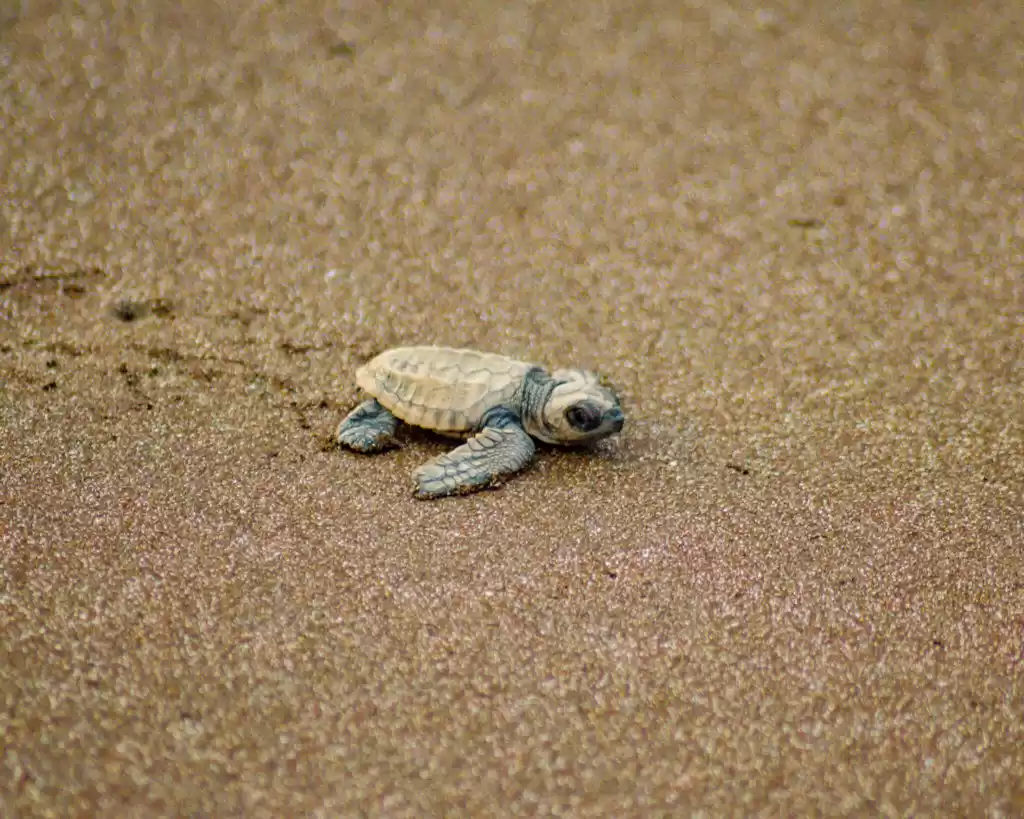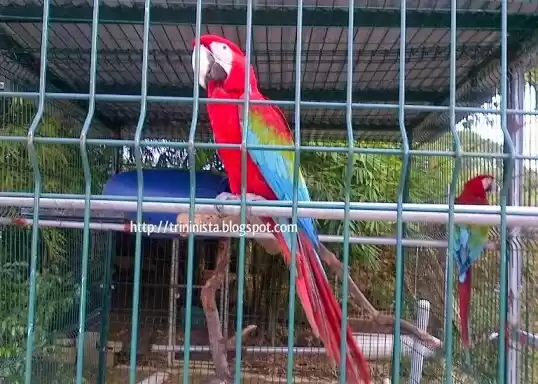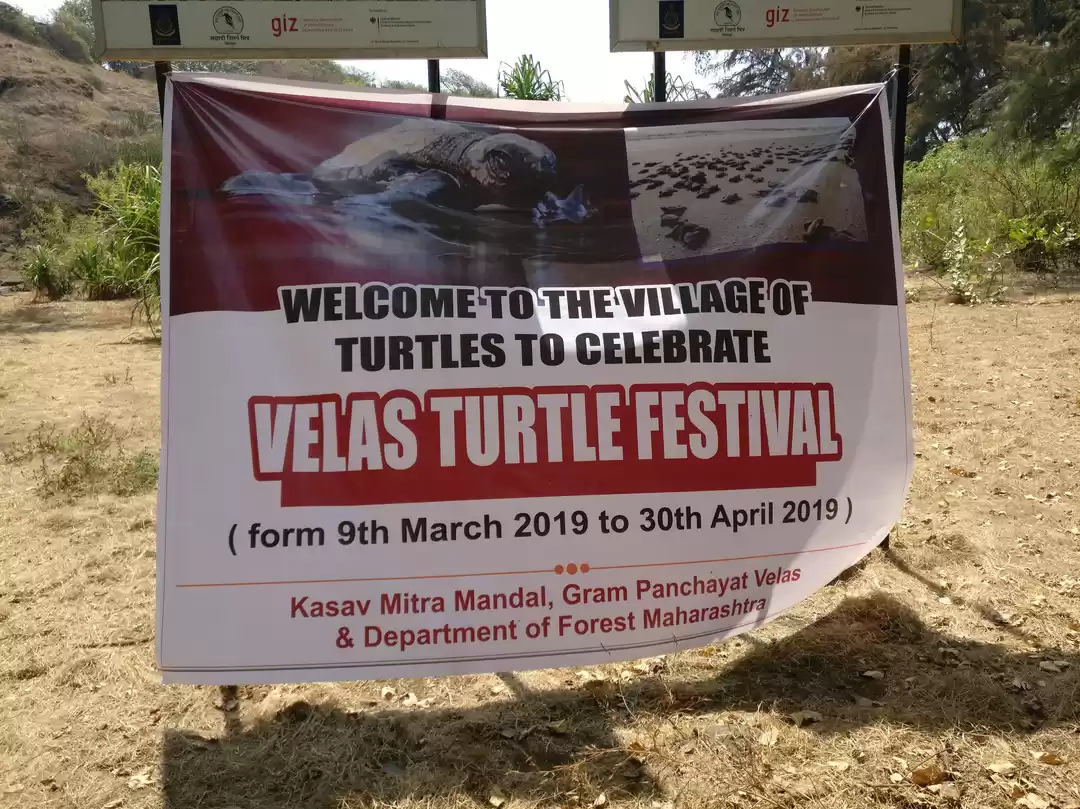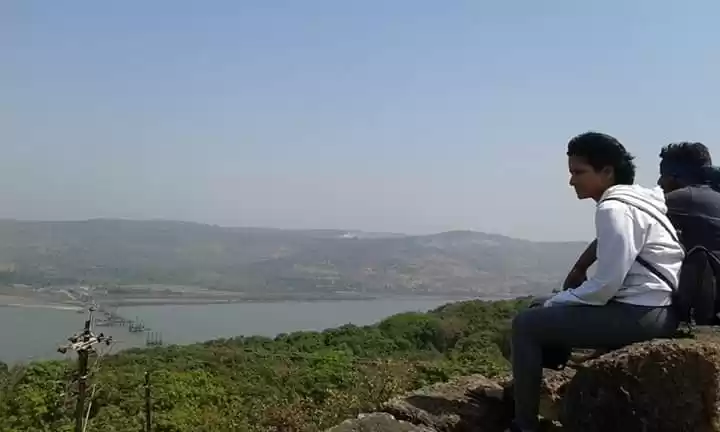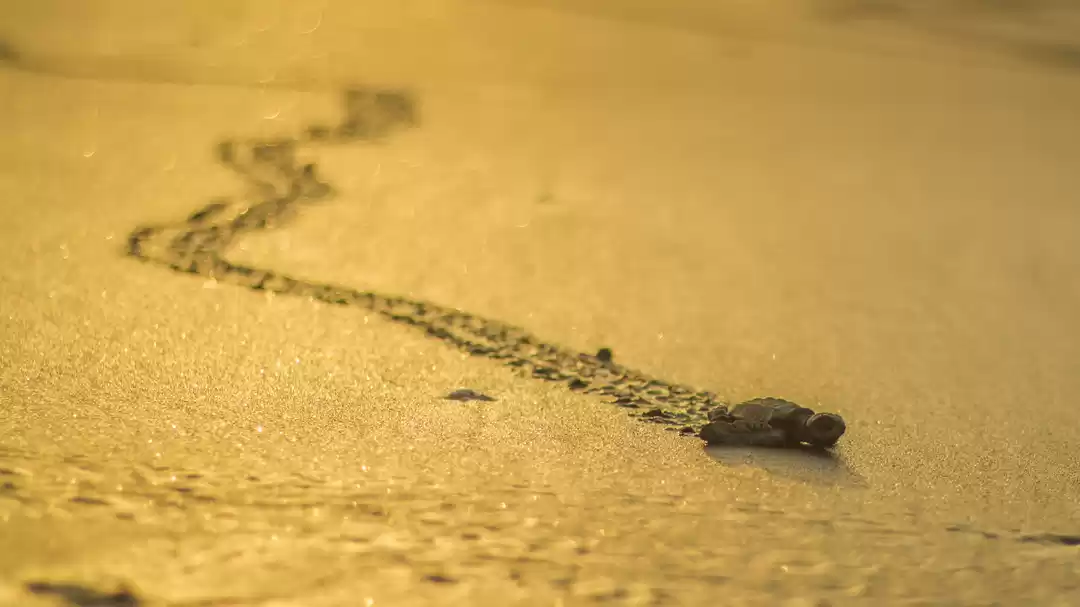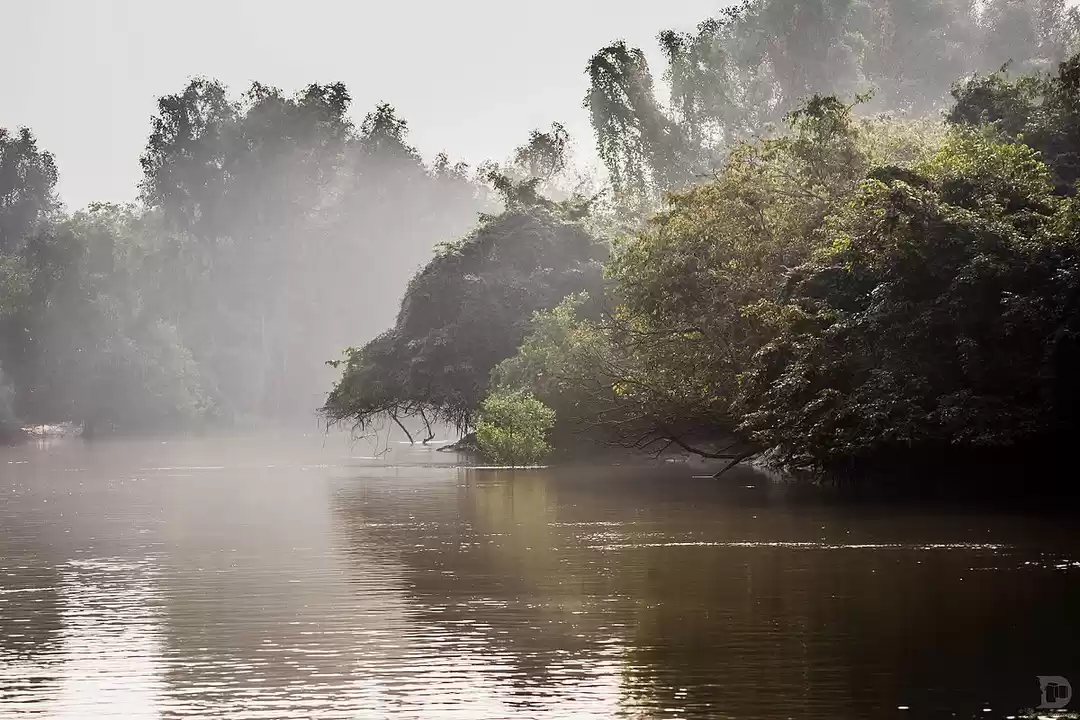The increasing stress of today’s life makes people seek ways to refresh and rejuvenate themselves. Some travel, some meditate, some listen music, some head to the sacred places and some go into seclusion while some take the path of yogic life. And for me getting away from the mad rat race of the normal life and going back to the roots is a way to refresh my soul. Experiential holidays are a wonderful way of rejuvenating our energies and also to just lay down for a while away from the targets and the societal pressures. So I spent a few days just doing ‘nothing in particular’ at a quiet village in Mayabunder tehsil of North and Middle Andaman district.
Somewhere beyond the rainforests, lies the Webi village; a place where the Karen tribe originally from Myanmar erstwhile Burma now truly Indian chose to build their habitat and live in proximity to nature and away from other people due to their shy and peace loving nature. As the history goes back to the British occupation of these Islands; the Karens were brought by the missionaries from Burma.
Our Homestay
It was dark when my friend and I reached the village where we had booked our stay at Koh Hee (meaning Island home in Karen language) homestay and our host Saw John helped us with a torch to walk on the thin pavement leading to his house. Once inside the house we were happy to see a traditional style wooden house and also the warmth radiated from our hosts John and his wife Doris. They have two sons; the elder one Potpai being friendlier and the younger one Elton too shy even to come out in front of us. Their family is not complete without Blackie, the dog who is equally happy to see guests in their house.
We freshened up and sat with our hosts to chat with them and got to know more about them and their surroundings. This is when John told us about the community they belong to is called the Karen tribe. The Karen community is a major tribe in Burma (now Myanmar) and during the British occupation of the Andaman Islands; initially in the year 1925, a total of 12 families were brought to work as forest labour. The Karens were given the freedom to choose where they wished to live and they chose the present patch of land and called it Webi.
Webi in the Karen language means “the hidden village”. The Karens are shy by nature and hence they chose to live in a place which was far away from any other settlement. Eventually more families were brought by the British and they also settled here and after Independence of India many of them chose to be Indian citizens. Today roughly the population of this community is 2200 and they live in Webi and seven other villages (Deopur, Latau, Burmadera now called Lucknow, Karmatang 9, Karmatang 10, Borong and Chepo) in Mayabunder tehsil of North and Middle Andaman district.
Later we had a wholesome dinner and we retired for the day in our cosy rooms on the first floor. We woke up early the next day after feeling the daylight enter from the large windows of our room and it was then that we actually saw the mesmerizing surroundings of the house. There was a freshwater stream that was flowing in the backyard of the house, paddy fields in the front side of the house till the main road, forests and hills in the background with our wooden house completely gelling with the surroundings. It was the rainy season and hence, the landscape had a rain soaked feeling.

We all have heard those stories from the generation that grew up in villages; telling us how they used to play in clear freshwater streams, got drenched in rain, played in the fields and were surrounded by lush green paddy fields and farm birds. This is what I was reminded of when I took a stroll around the house.
The dining room was a place where we spent a lot of time savouring all the dishes prepared for us. Doris is a lovely lady with a beautiful smile and an amazing cook. My friend and I were both vegetarians and she prepared wholesome variety of meals for us all the time. We enjoyed all the food and it tasted so fresh that our taste buds were rejoiced. Later we came to know that most of the food is grown in the farm in an organic way. We tasted the sweetest coconut water which is called King Coconut which was first introduced by John’s parents in the area. We also tasted honey made from the nectar of mangrove flowers. In short we were getting spoilt with so much to eat!
Knowing the Habitat

After our breakfast, we decided to go for a trek starting from the house to Karmatang beach passing through fields and forests. The trek was about 12 km from Webi to Karmatang IX village. It passed through a rainforest with a mixture of evergreen, deciduous and littoral type of forest. We also saw the different layers of forest, the emergent, and canopy, understory and ground layers. Some of the important tree species we saw are Padauk (Pterocarpus dalbergioides) which is also the State Tree of Andaman and Nicobar Islands, Pynma (lagerstromea hypoleuca) and Gurjan (dipterocarpus species). People have been using this trek since three decades to travel between Webi and Karmatang before the tar road came into existence. There is also some Ranchi settlement towards the end of the trek. We also witnessed beautiful seasonal streams with crystal clear water along the walk making this a complete memorable experience.

John himself was guiding the trek and it was an enriching experience to hear about the various species present in the forest and their uses. He has been assisting many field researches in the sector of Environment in Andamans and this has led to him having a better understanding of the biodiversity. He was a calm, composed person and answered all our curiosities with a lot of patience. He told us about the snakes and how most of them are non-venomous. The Sea Snake is one of the most venomous snakes but due to its small mouth it can bite only in sensitive areas like ears and the gap between the fingers.
We heard stories of edible nest swiftlet birds. The nest being made from the saliva of the bird and known to have medicinal properties has a huge demand in China and fetched a huge price in the market. Now they are being conserved by the Forest Department being scheduled species.
The most interesting conversation was around Sea turtles where we came to know large number of turtles come every year to lay their eggs along the coast making Andamans known for Turtle Nesting which occurs from December to February each year. The nesting takes place mostly in the beaches of Diglipur and Mayabunder. The Karmatang beach in Mayabunder witnesses numerous turtles arriving each year to lay their eggs and this can be witnessed by the visitors too if they arrive at the right time. The Andamans are a unique nesting place as four kinds of the turtles visit this beach viz. Olive Ridley, Leather Back, Hawk Bill and Green Turtles. The Leather Back Turtles are the largest of all sea turtles which can grow up to 7 feet in length. The turtles mostly lay their eggs after sunset in the dark. The Forest Department actively takes on the responsibility of preserving their eggs till the hatchlings find their own way into the sea.
After hearing this we have another reason to visit this place in the winter season. Isn’t it amazing that the turtles travel miles and miles across the globe and start their journey right from their birth. This must be the reason for turtles being shown as wise in our folk tales. Only the females return to the land to lay their eggs and it is believed that these turtles return to the same beach where they were born! For a wildlife enthusiast this would be a place of pilgrimage for witnessing this wonderful phenomenon with their own eyes.
It was raining the entire duration of our stay and hence we chose to remain indoors and enjoy the hospitality of our hosts and kept chatting with them. We came to know about their culture, beliefs and practices. They also are known for their craftsmanship of making cane and bamboo handicrafts. They told us how their community dislikes marriages in other communities but still a lot of love marriages take place particularly in the Ranchi community. The Ranchi community is on the friendliest terms with the Karens due to similar interests and characteristics.
Rest of the time went by watching rain from our porch and sipping hot tea. This also gave us an opportunity to read the books which we had carried in the journey but never got to open them.
In a nutshell, this stay was a wholesome and enriching experience. Mahatma Gandhi had said that India lives in its villages and this is so true. A rural homestay experience is not for the party bum but for a responsible traveller for whom travelling is meeting people, connecting with nature and cherishing the charms of simple living. John stays far away from his house because of his work but hopes that with tourism he can come back to his village and live with his family. And I think rural tourism is a good way to preserve culture, tradition and habitat while creating real income for the people at the grassroots. Come let’s be a part of this and contribute out bit!

How to Book
Koh Hee Homestay is registered as Homestay under the Tourism Department’s Bed and Breakfast Scheme. John can be reached at 9474215682 or email him at sawjohnaungthong@gmail.com.
How to Reach
To reach Webi, take a bus from Port Blair to Diglipur and get down at Mayabunder’s Panighar junction. From there John can arrange a transport on request. It takes approximately 7 hours from Port Blair to Mayabunder and costs approximately Rs 320/- in an AC bus. The buses start from Port Blair early morning at 7am.
Activities
From doing nothing to indulging in various activities one can choose according to their interest.
• Guided forest walk/forest trekking.(There are 3 different routes, duration 1 hr. to 4 hrs. depending on people’s interest. During the walk I will give brief introduction about the rain forest in Andaman, explaining different layers of forest and species name in local and scientific and traditional use of the forest by the Karen communities.
• Guided mangrove walk along Austin strait.
• Guided bird watching along the paddy field and along the stream side using bird book, binoculars and bird call.
• Karmatang beach for site seeing and swimming.
• Participate in the ongoing work in the organic farm.
• Cooking class for Karen traditional food.
• Experience traditional style fishing along the fresh water stream with the Karen ladies
• Learning Karen traditional handicraft.
• Interaction with older member of the Karen community to know about the culture and history of the Karen settlement in the Andaman, sharing their experience during the British and Japanese occupation in the Andaman.
• Visit to Avis Island for snorkelling.
• Trip can be organize to visit turtle nesting beach at Cuthbert bay wild life sanctuary and mangrove walkway at Dhaninallah.
Photo credits: Anna Alaman

